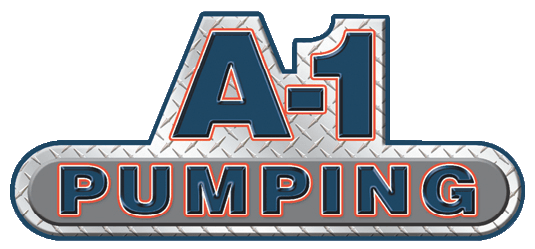Get to Know Your Septic Tank
1. The Basics
A septic system consists of three components;
the tank, the drain lines and the drain/leach field. As wastewater flows into
the septic tank, three layers are formed (see image) a bottom solid waste
layer, the top scum layer and a "clear" zone or waste water layer in
the middle. Heavy solids settle to the bottom and grease and light solids float
to the top. Bacteria and other microbes are responsible for partial decomposition of the
solid waste. However, the microbes cannot break down all the material in the
waste, which is why septic tanks need to be pumped out every two to five years.
The baffle on the discharge side of the septic tank only allows water from the middle layer to go out to the field lines. As new water comes into the septic tank, an equal water volume is pushed out the discharge lines and into the drain field. The water trickles out the perforated drain lines, through a layer of gravel and into the soil. If the scum or solid waste becomes too thick it will get past the baffle and out to the drain field, this will clog the perforated holes from draining.
The baffle on the discharge side of the septic tank only allows water from the middle layer to go out to the field lines. As new water comes into the septic tank, an equal water volume is pushed out the discharge lines and into the drain field. The water trickles out the perforated drain lines, through a layer of gravel and into the soil. If the scum or solid waste becomes too thick it will get past the baffle and out to the drain field, this will clog the perforated holes from draining.

2.
Conserve water
Your septic tank can only handle so much
water at a time. The tank needs time to separate the solids and liquids and
send the liquids to the drain field. For every gallon that goes in to your tank
it pushes a gallon out to your drain field. The ground needs time to absorb
that liquid.
Check for running toilets and leaky faucets.
Make sure you choose the right load size when doing laundry. Washing a small load on the large load setting wastes water.
Consider installing low flow or high efficiency toilets.
Spread out laundry use. Instead of doing all your laundry on one day, spread it out to allow time for your septic tank to recover.
3. Keep heavy things and roots away from your tank
Do not put anything heavy on the ground over
your tank or drain field like a shed, parked car or RV, cement, asphalt, or
above ground pool. This can damage the tank and pipes and compromise the
effectiveness of the drain field. Keep trees away from your tank and drain
field. The roots of trees can damage pipes and the tank. Be especially careful
of trees with aggressive roots such as willow trees.
Check for running toilets and leaky faucets.
Make sure you choose the right load size when doing laundry. Washing a small load on the large load setting wastes water.
Consider installing low flow or high efficiency toilets.
Spread out laundry use. Instead of doing all your laundry on one day, spread it out to allow time for your septic tank to recover.
3. Keep heavy things and roots away from your tank
4. Don't flush anything non-biodegradable (Anything that will not liquefy)
These things can clog the tank and drain field. Cleaning wipes, baby wipes, personal wet wipes and feminine hygiene products cause the most problems. Even if the package says “septic safe” they DO NOT break down. These can get caught on your baffle and cause sewage to back up into your home or they can travel out to your leach field and cause it to fail. The items listed below should not go into your septic system.
- Dental floss
- Feminine hygiene products
- Personal Wet Wipes
- Baby Wipes
- Cleaning Wet Wipes
- Diapers
- Cigarette butts
- Cat litter
- Kleenex
- Cotton swabs
- Coffee grounds
- Paper towels
- Condoms
- Gasoline
- Grease
- Paint
Try not to use too much anti-bacterial products like hand soap etc. If you do use these products, make sure you add a maintenance dose of bacteria monthly. It will only cost a few dollars and will offset any bacteria killed off by anti-bacterial that you use.
6. Use enzymes
A monthly application of enzymes will help maintain the bacterial level of your leach field. This bacterium is needed for optimal system performance. We have an enzyme treatment available to our customers. A one year supply of enzymes comes in a container with 12, 2 once sealed, dissolvable pouches that you flush down your toilet once a month. If you have a tank that is 1500-3000 gallons you will need to use two pouches a month. It is completely natural and environmentally safe, containing no corrosive chemicals, caustic or acids, and is hazard free. It will not damage metal, ceramic, or plastic parts of the drainage system.







